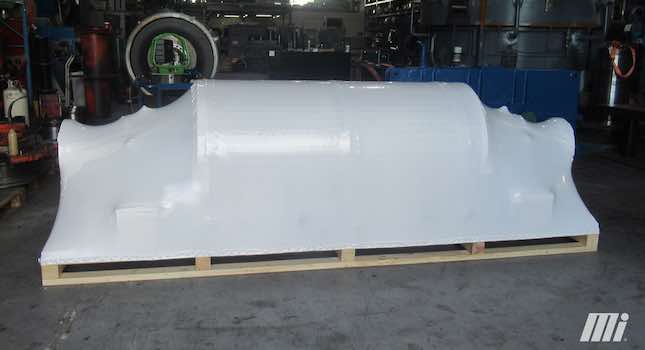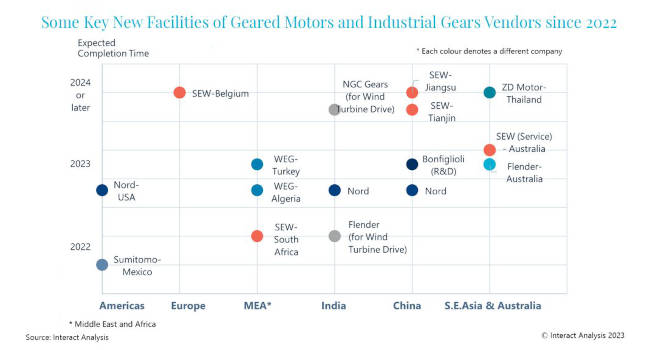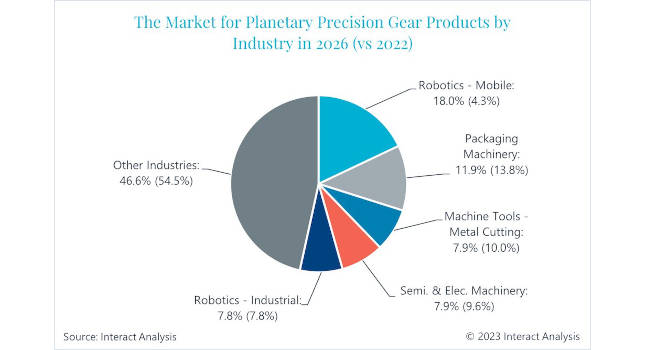Energy can be effectively managed through a thorough examination of a plant's process or processes
Energy costs can be lowered in many ways, and using components such as high-efficiency motors and variable-frequency drives to do so are good starts to any energy-management program. But real success can be derived from taking a broad view and looking beyond these established methods. How else can energy be effectively managed to create savings and optimize production?
What it takes is a thorough examination of a plant’s process or processes. It also requires committed leadership, good decision making and consistent oversight to address the outcome of that examination. Fortunately, simple and effective energy management strategies typically share six common components.
Step 1: Authoritative leadership
The optimal energy management program is a broad-based, multidisciplinary effort requiring a sustained commitment. The program driver must have an interest in profit and loss and must have the authority to implement change. The goal here is long-term operating efficiency rather than short-term savings, so it makes sense that the program champion should come from plant management. Successful programs are typically spearheaded by a corporate energy czar, or a plant manager with support from senior management to help drive the program forward.
Step 2: Look beyond first cost
The problem that short-circuits many programs is that they often require an increased investment in upgraded systems or components in order to achieve energy savings. However, as the saying goes, you have to spend money to make money. The purchase price of a motor typically represents only 2% of its total lifecycle cost. Most of a motor’s total cost of ownership – 97% – goes toward operating energy.
Problems looking beyond the first cost arise when stakeholders are not able to appreciate the benefits of the improved technology. Here is where a strong program leader can educate and align the vision of the team toward a unified, long-term viewpoint. When the vision is clear and system specifications are established (for example, for high- efficiency gearboxes), conflict between plant engineers, purchasing agents and others is minimized. Each can do their job to contribute.
Step 3: Make good component decisions
Users could be making a good or bad energy management decision any time components are replaced or specified. Most of today’s energy-efficient products pay for themselves over time, but it’s important to check the numbers based on the projected use and lifecycle of the component.
Making the switch to premium- efficiency motors is a great place to start, but users can also realize considerable return on investment by making good decisions in other areas. Taking advantage of energy- efficient gearboxes, belts, synthetic lubricants and LED lighting technology where appropriate can bring considerable savings to energy management efforts.
Step 4: Optimize and right-size systems
Familiar equipment commonly found in manufacturing facilities such as blowers, pumps, air compressors, hydraulic systems, dust collectors and chillers are often taken for granted. The question is, do they follow best practices based on current energy standards? Each of these systems can usually be optimized without difficulty, often with support from the distributor or equipment manufacturer.
Be sure that systems are right-sized as well. Over-sizing equipment is a common affliction based on a "just to be sure" philosophy. Over-sizing is actually an accumulative process brought about by "designing for future capacity," or through design uncertainty, leading to the use of additional safety factors. Someone with a practical perspective on manufacturing requirements should watch over the process to ensure the final system is properly sized.
Step 5: Run equipment on demand
Walk through any plant without a vision for energy management and one will see equipment running without doing work. Duty cycle – the amount of time equipment is actually working divided by total operating time – can reach levels as low as 25%. The fix for this is simple: turn equipment off or slow it down when it is not doing work.
Using fixed-speed motors and then regulating their output with mechanical devices is like running your home furnace continuously and opening windows to regulate the temperature in the house. Adding VFDs to fixed-speed systems and running equipment on demand are two simple ways to significantly reduce energy costs in manufacturing.
Step 6: Monitor maintenance
Improper maintenance can erode the bottom line of an energy management program. Dirty air filters add load to fan motors, and compressed air systems can develop leaks over time. Improperly tensioned and aligned V-belts can reduce transfer efficiency from 97% to 88%.
While it’s helpful to divide energy management programs into six basic elements, it’s impossible for them not to be intertwined – and the benefits are cumulative. In the end, successful programs will drive all the elements with authority, and with the knowledge that the best return will come from a coordinated and sustained effort.
Ted Clayton is an automation program manager for Kaman Industrial Technologies.
Visit PlantEngineering.com for a case study on an energy management program centered on motor management and implemented by Kodak. Keyword: Kodak



